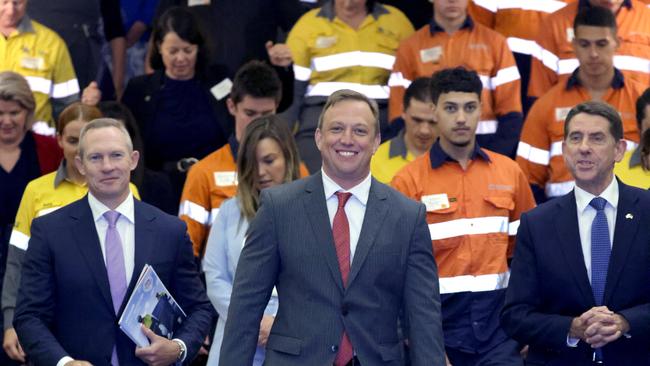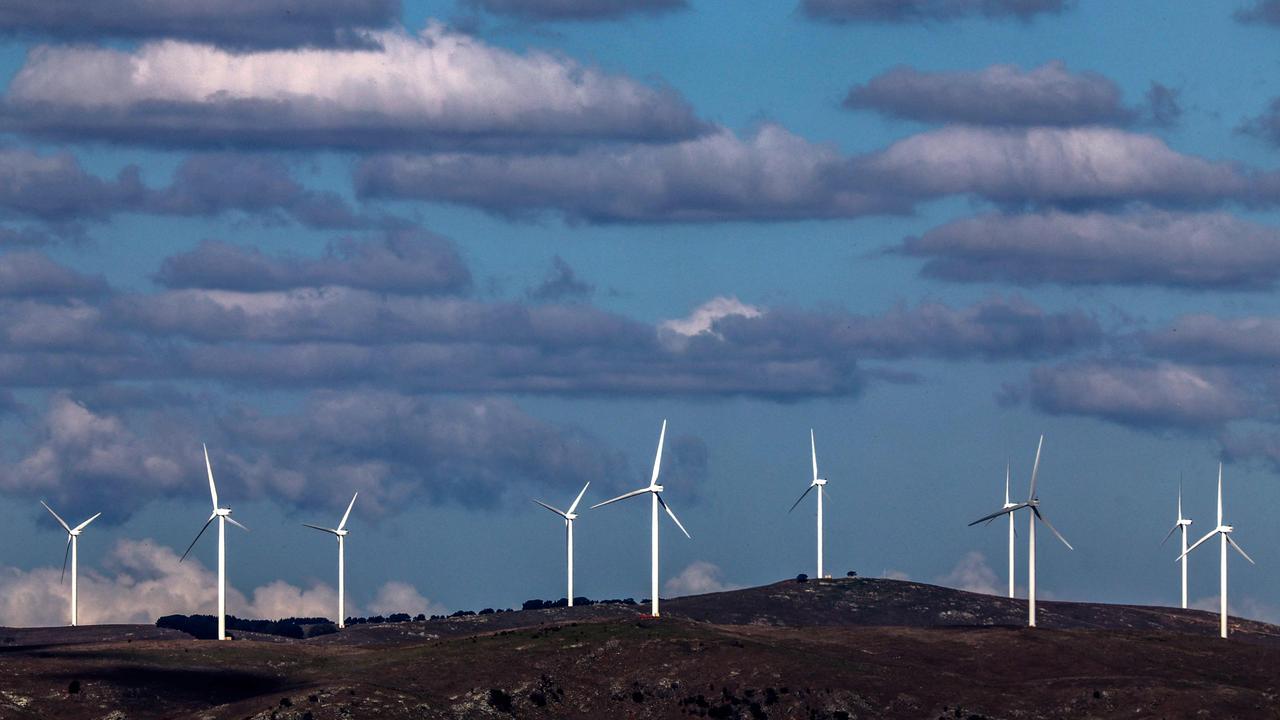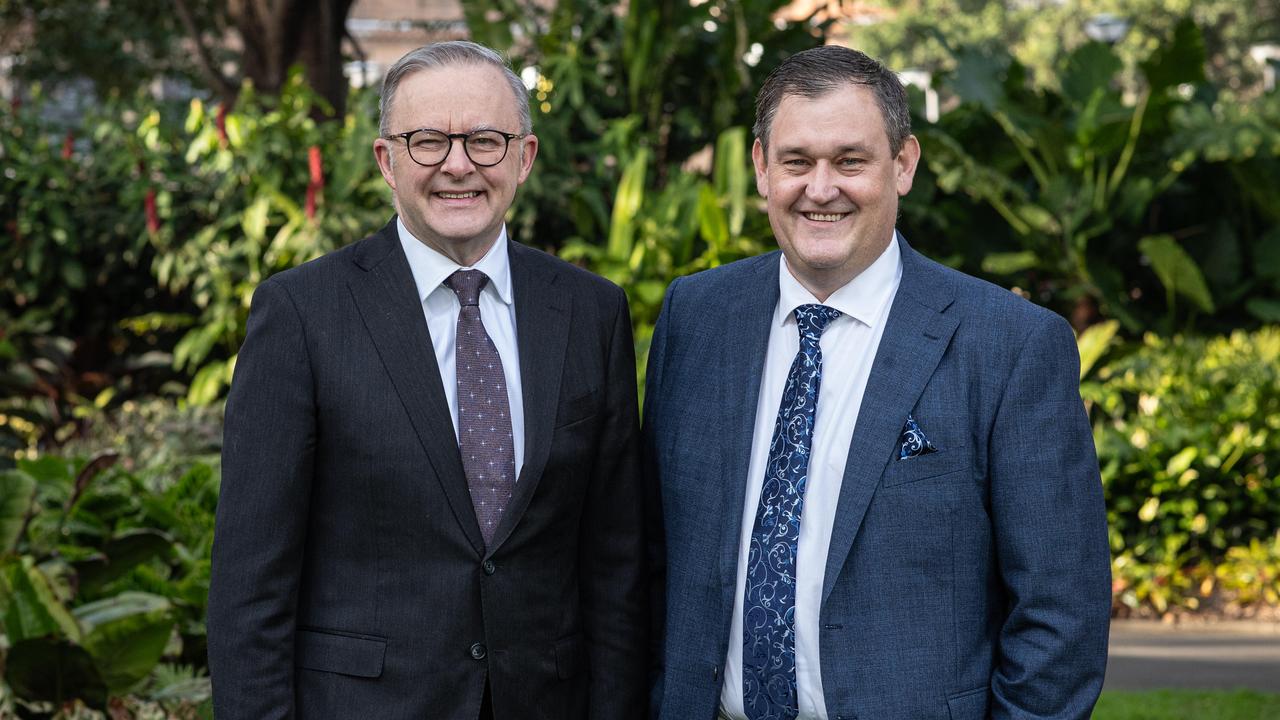I’m not a greenie, but we must embrace clean energy opportunities, says Simon Currie

The news last week that the Queensland parliament enshrined into law renewable energy targets of 50 per cent by 2030, 70 per cent by 2032 and 80 per cent by 2035 made me very excited. So did a separate piece of legislation, supported by both sides of the house, to reduce emissions 75 per cent by 2035. This is big and bold stuff.
I believe passionately that Queensland will prosper under the next phase of energy evolution and become a renewable energy superpower. That’s why I co-founded my business. Queensland has a unique combination of abundant world-class solar and wind resources, water and existing infrastructure such as road, rail and deepwater ports which is almost impossible to find anywhere in the world. Size matters and at over 1.7 million square kilometres Queensland is right up there.
But Queensland is not alone in this race. There are many other regions in Australia and around the world positioning to become clean energy superpowers. With that in mind, by achieving bipartisan support on emissions reduction policies, the state was able to send a valuable message to trusted partners in this space: that their investment in Queensland is secure. There will be no policy flip-flopping on this particular issue at the next state election.
This is important, because Queensland has been a reliable energy supplier to our trading partners for generations. If we get this right, we will be their trusted partner for generations to come. But we can’t take this for granted.
Through a combination of luck and design, Queenslanders own the energy system. The key players in Queensland are all government owned – Energy Queensland, Powerlink, CS Energy, Stanwell, CleanCo and Queensland Hydro. This is unique in Australia and again difficult to find anywhere in the world, let alone replicate today. Government ownership means Queenslanders can control and influence the outcomes — delivering enduring well paid jobs, maximising local content and retaining and attracting energy intensive industries such as smelters and refineries and data centres.
If you want to find out about the myriad of other opportunities in the sector, go read the Future Energy Jobs Guide published last year. I am still working out what some of the jobs are – how many people know what a fluvial geomorphologist does?
To attract these people with the necessary skills, we must also invest in the regions. We must work now to deliver the housing needed for existing industries and the industries to come. To put this in context, our HyNQ renewables to green ammonia project at Abbot Point will have a construction workforce running into the thousands and an enduring workforce of several hundred.
People want to live in Queensland, but we need to build so that we can and attract the talent needed. The best combined profile of wind and solar in the world just happens to be Mauritania, but today, liveability isn’t high on the list of its attributes.
We must also ensure that clean energy delivers benefits for all Queenslanders, not just new arrivals. Rooftop solar has made a difference at the household level. Exciting new projects like the RAPAD PowerGrid can change the prospects for entire regions. We need more local champions, and we must do better to support localisation of manufacturing. One of the best days of my career was the launch of Nextracker’s local manufacturing facility at Orrcon’s plant in Brisbane in March this year. Building competitive local manufacturing capacity will be an immense challenge, but it won’t happen if we don’t try.
By working together, we can create the outcomes which communities and our First Nations people expect. This will require the clean industry to be collaborative and open, and for our politicians to work together to deliver the best outcomes for our state. After seeing what happened in parliament last week, I believe Queensland is up for the challenge.
Simon Currie is co-founder of Energy Estate, an Australian clean energy developer and accelerator.



I am not a greenie. I have spent my whole career in the energy sector and I have seen the prosperity created by the coal industry, the gas industry and, overseas, the nuclear industry.